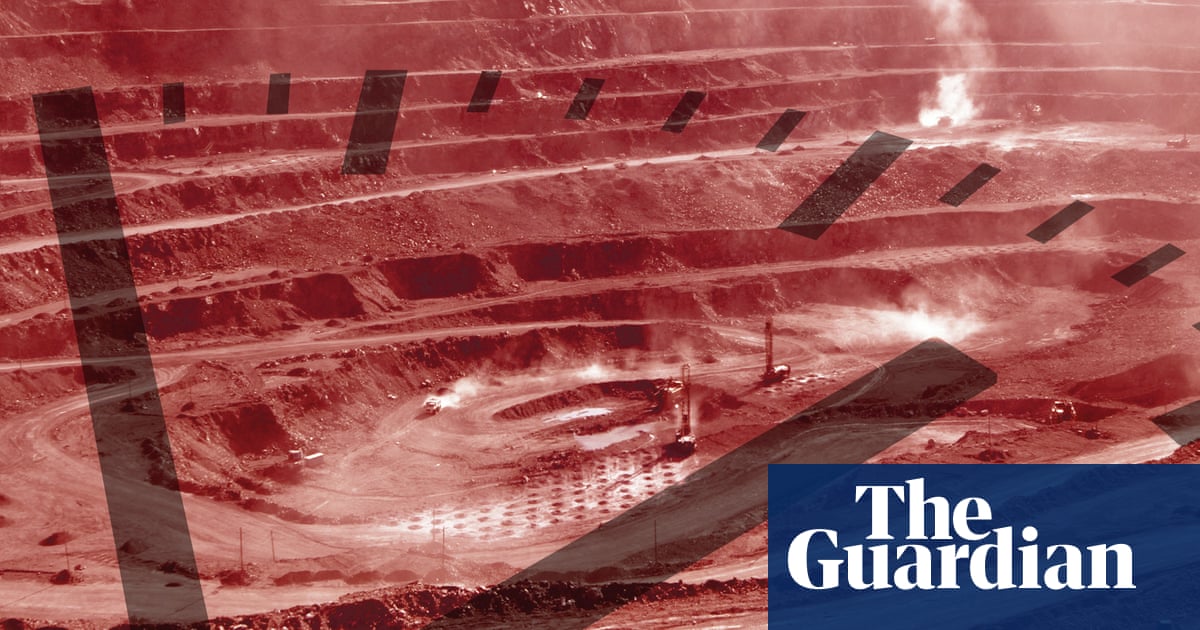
Critical minerals are vital for the global economy and include nickel, manganese and cobalt.
Rare earths are a specific, highly useful category of critical minerals that are used to make magnets essential for the auto, electronic and defence industries, as well as in renewable energy. Securing reserves and production of rare earths has become a flashpoint in global diplomacy and trade.
Rare earths are a group of 17 heavy metals that are abundant throughout the Earth’s crust. The United States Geological Survey estimated in 2024 there were 110m tonnes of deposits worldwide. That includes 44m in China – by far the world’s largest producer. Vietnam, Brazil, Russia and India also have significant deposits.
But mining them requires heavy chemical use that results in toxic waste and has caused several environmental disasters. Production costs are also high.
Rare earths are important because they are found in a wide variety of every day and hi-tech devices, from lightbulbs to guided missiles. Europium is crucial for television screens, while cerium is used for polishing glass and refining oil. All have unique properties that are largely irreplaceable or can be substituted only at prohibitive costs.
For decades, China has invested massively in refining operations for its reserves. China has also filed a huge number of patents on rare earth production and as a result, many firms ship their ore to China for refining, reinforcing the world’s reliance on Beijing.
The Trump administration has criticised China’s increased restrictions on rare earth exports as a threat to global supply chains.


